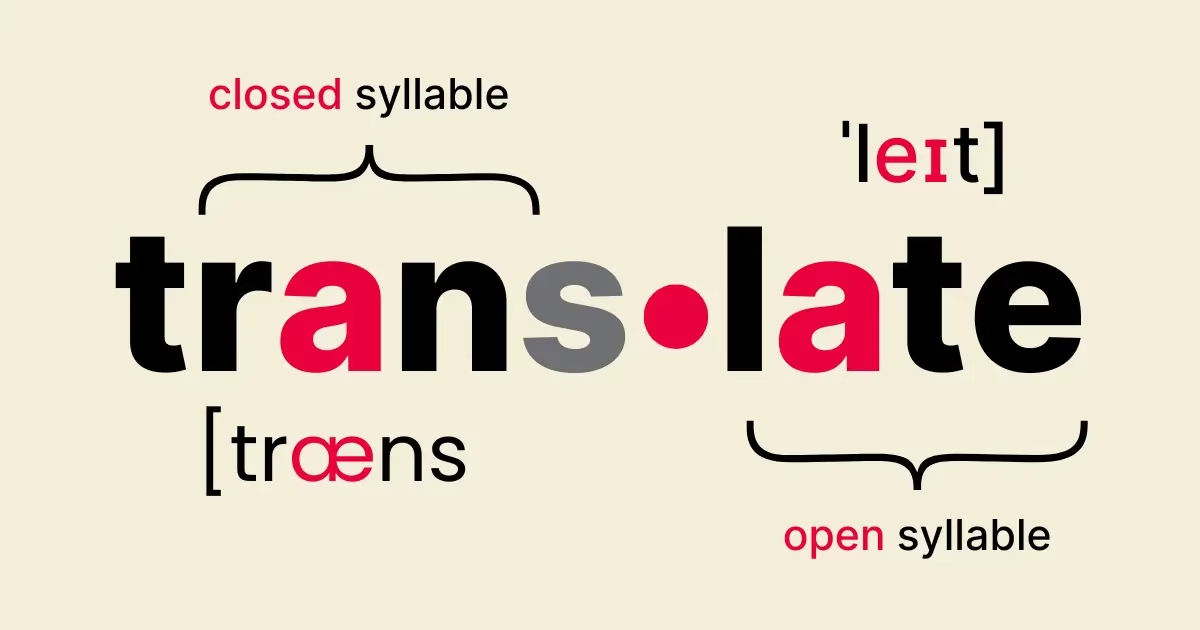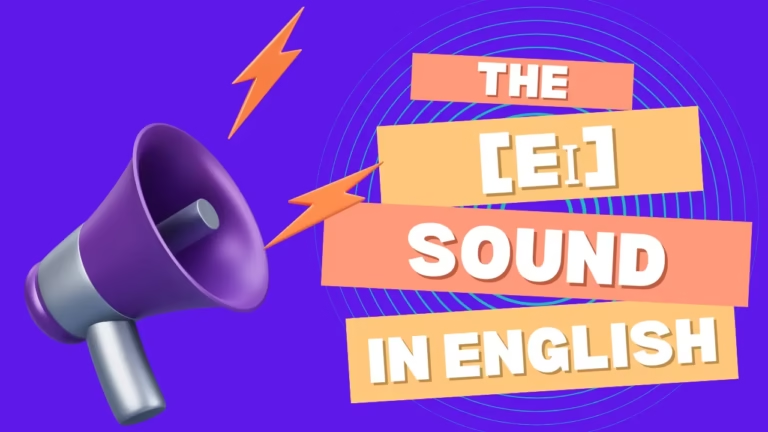Because modern English has been formed from and influenced by a variety of different languages— Latin, Greek, French, German, etc.— in addition to its evolution from Old and Middle English, the ways in which words are spelled and created can often seem inconsistent, illogical, and even contradictory.
International, Farlex. Complete English Spelling and Pronunciation Rules: Simple Ways to Spell and Speak Correctly (The Farlex Grammar Book 3) (p. 83). Farlex International. Kindle Edition.
One of the things the English language is notorious for is its complex pronunciation, which can be very frustrating for many learners. It may even prevent some of them from advancing with confidence and, in many cases, stop them from venturing to speak altogether. However, even though not written in stone, there are “rules” or patterns to English spelling and pronunciation. Such patterns can help learners understand how the language works. Let’s have a look at A as in [eɪ].
We start with A as in [eɪ] because the sound [eɪ] is the same as the letter’s name. However, the sound [eɪ] may not be so obvious for many new learners because of their mother tongues.
For example, as mentioned in the “English Pronunciation: General Rules and Tips (Part 1)” article, in many Slavic languages that use the Cyrillic alphabet, the same letter A sounds like A in father [ˈfɑðər] but not like A in state [steɪt]. That is also true for languages that use the Latin alphabet just like English does, but where A only sounds like the A in father [ˈfɑðər], and to produce the sound [eɪ], you need to combine the letters E and I. A good example is the word “Ei” in Finnish, which means No.
*To illustrate the (American English) pronunciation, we use the International Phonetic Alphabet (IPA), generated by the toPhonetics website.
A as in [eɪ]
In general, there are three cases when the letter A is pronounced as [eɪ]:
- When it sits alone in an open-syllable word
- When combined with I – AI
- And when combined with Y – AY
For more details on AI, AY, and other combinations that produce the sound [eɪ], go to The Sound [eɪ] in English.
In open-syllable words (meaning there is no consonant after the vowel within the syllable), the letter A is pronounced as [eɪ]. To illustrate, have a look at the word translate which has both an open and a closed syllable:

baby [ˈbeɪbi]
⬇️ Listen below:
age [eɪʤ], lady [ˈleɪdi], Kate [keɪt], tape [ teɪp ], snake [sneɪk], brave [breɪv]
Things to remember
- Many of these words end in a silent E. For example, tape, snake, etc.
- Many of them are two-syllable words. For example, ba–by, la–dy, etc.
- If they end in Y, Y is pronounced as [i].
Examples
Levels A1-A2
take [teɪk], page [peɪdʒ], gate [ɡeɪt], face [feɪs], name [neɪm], shape [ʃeɪp], case [keɪs], state [steɪt]
Can you take this bag to the car?
Interactive practice
For some of the activities to work, you need to use the Chrome browser.
Drag & drop!


Drag & drop!
Say the words!


Listen & type!
Spell the words!

Where to go from here?
If you are interested in reading about pronunciation in general, go to the English Pronunciation: General Rules and Tips post. The Sound [eɪ] in English provides more details on other cases in which we produce the sound [eɪ] that involve several vowel combinations, not just the latter A.



